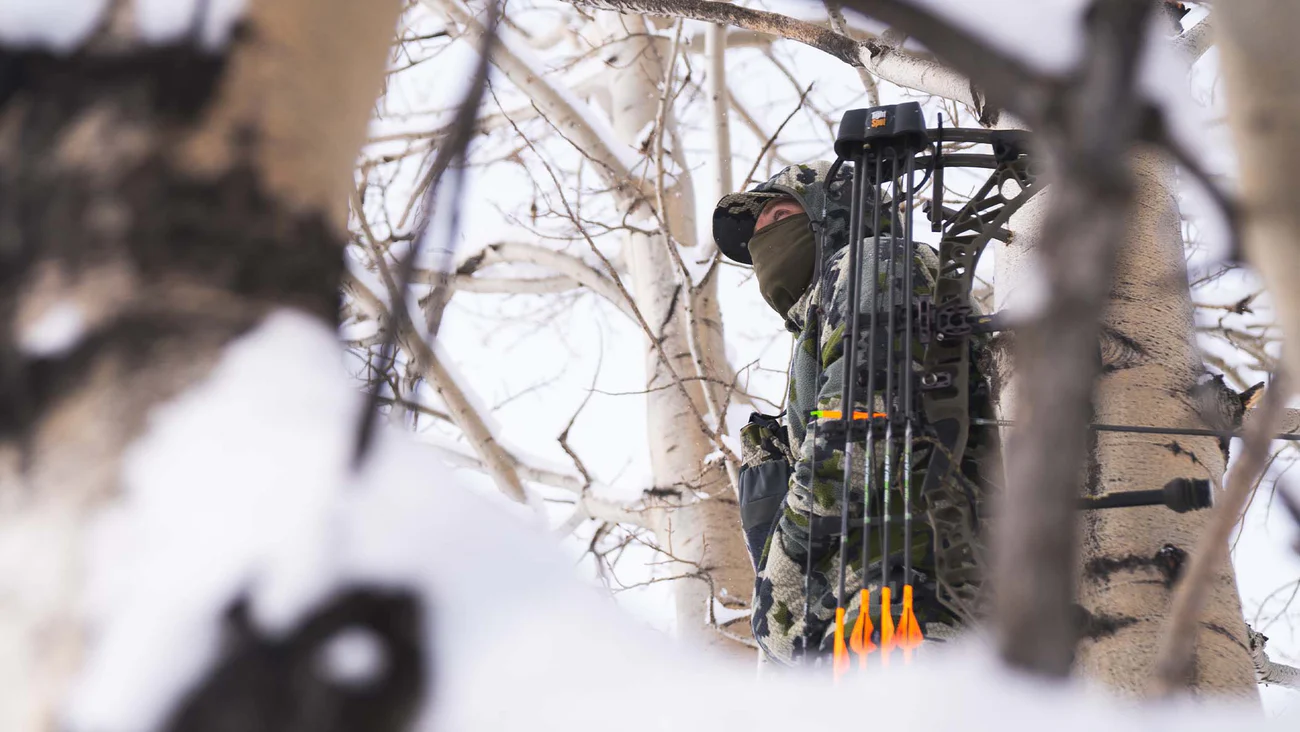
Hiking Essentials: Must-Have Gear and Safety Tips for Your Trek
Introduction
Hiking is an exhilarating outdoor activity that allows you to immerse yourself in the beauty of nature while challenging your physical and mental limits. However, before embarking on any hiking adventure, it’s crucial to equip yourself with the right gear and safety knowledge. In this article, we will explore the must-have hiking essentials and essential safety tips to ensure a safe and enjoyable trek.
The Importance of Hiking Essentials
Hiking essentials are the key to a successful and enjoyable hiking experience. They not only provide comfort and convenience but also ensure your safety in the wilderness. When you have the right gear, you can focus on exploring the wonders of nature and leave worries behind.
Hiking Gear: Must-Have Items
Footwear and Socks Hiking boots or shoes with good ankle support and sturdy soles are essential for any trek. Pair them with moisture-wicking socks to keep your feet dry and blister-free.
Backpack and Daypack A well-fitted backpack or daypack is essential to carry all your gear. Look for one with multiple compartments and padded shoulder straps for added comfort.
Clothing Layers Wearing proper clothing layers is essential for temperature regulation. Opt for moisture-wicking base layers, insulating mid-layers, and weather-resistant outer layers.
Navigation Tools A map, compass, or GPS device will help you stay on track and find your way back if needed. Familiarize yourself with the trail before starting your hike.
Water and Hydration Systems Stay hydrated by carrying an adequate amount of water or a hydration system like a water bladder. Dehydration can be dangerous during hikes.
Nutrition and Snacks Pack lightweight and energy-rich snacks like trail mix, energy bars, and fruits to keep your energy levels up during the hike.
First Aid Kit Always carry a compact first aid kit with bandages, antiseptic wipes, pain relievers, and any personal medications.
Multi-Tool and Repair Kit A multi-tool can come in handy for various tasks on the trail, while a repair kit helps fix any equipment issues.
Safety Tips for Hiking
Check the Weather Before heading out, check the weather forecast to avoid unexpected storms or extreme conditions.
Choose the Right Trail Select a trail suitable for your fitness level and experience. Beginners should start with easy to moderate trails.
Inform Others of Your Plans Inform a friend or family member about your hiking plans, including the trail, expected return time, and emergency contacts.
Hike with a Buddy Hiking with a buddy adds an extra layer of safety. If hiking alone, let someone know your itinerary.

Stay on Marked Paths Stick to marked paths to avoid getting lost and protect the delicate ecosystem.
Leave No Trace Follow the “Leave No Trace” principles to preserve nature and minimize your environmental impact.
Be Prepared for Emergencies Carry emergency essentials like a whistle, fire starter, space blanket, and signaling mirror.
Understanding Perplexity and Burstiness in Hiking
Perplexity in Hiking Perplexity in hiking refers to encountering unexpected challenges, such as sudden weather changes or encountering wildlife.
Burstiness in Hiking Burstiness in hiking relates to the moments of excitement and adrenaline rushes during challenging parts of the trail.
Writing Engaging Hiking Content
Using a Conversational Tone When writing about hiking, adopt a friendly and conversational tone to connect with the readers and make the content more relatable.
Incorporating Personal Pronouns By using personal pronouns, like “you” and “we,” the content becomes more engaging, making the reader feel directly addressed.
Utilizing Rhetorical Questions Rhetorical questions can stimulate readers’ thoughts and encourage them to think about their own hiking experiences.
Using Analogies and Metaphors Analogies and metaphors help paint vivid mental images, making the hiking experience more relatable and enjoyable for readers.
Conclusion
Hiking is an incredible way to reconnect with nature and challenge yourself physically and mentally. By equipping yourself with the right hiking essentials and following safety tips, you can make your trek a memorable and safe adventure. So, grab your gear, hit the trails, and embrace the wonders of the great outdoors!
FAQs
Can I hike without a backpack? While it’s possible for short, guided hikes, carrying essential gear in a backpack is crucial for longer and more challenging hikes.
What should I do if I get lost on the trail? Stay calm, retrace your steps, and use navigation tools to find your way back. If unsure, call for help using a whistle or signaling mirror.
Are hiking poles necessary? Hiking poles can provide stability and reduce strain on your knees, making them beneficial for challenging terrain or long hikes.
How do I choose the right hiking shoes? Consider the terrain, weather conditions, and your foot type. Try on various options and go for a comfortable and well-fitting pair.
What’s the best way to break in new hiking boots? Wear them around your home and for shorter walks to break them in gradually before embarking on a long hike.



